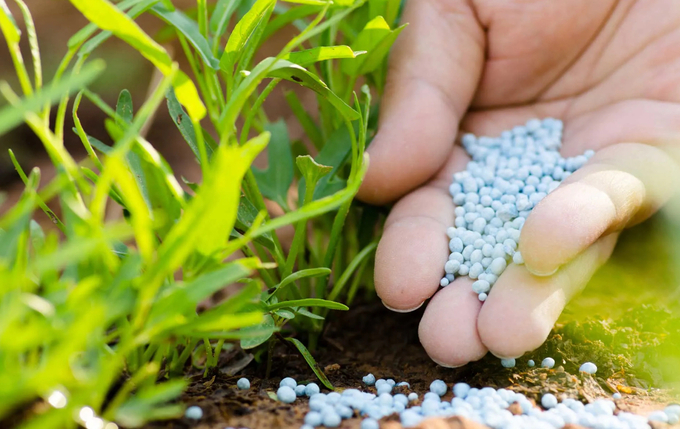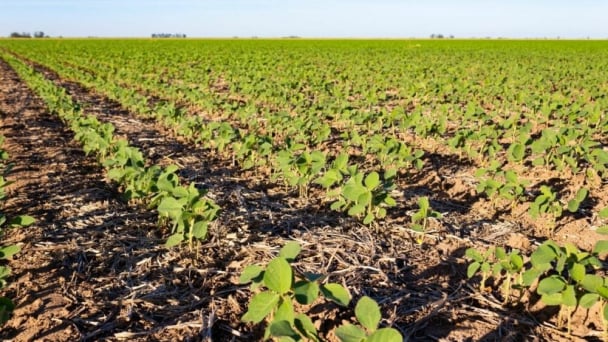May 19, 2025 | 00:40 GMT +7
May 19, 2025 | 00:40 GMT +7
Hotline: 0913.378.918
May 19, 2025 | 00:40 GMT +7
Hotline: 0913.378.918

As a general rule, limit annual fertilizer nitrogen applications to 60 pounds per acre to mitigate fescue toxicity in Kentucky 31 tall fescue, Missouri’s most-grown fescue variety. Photo: AgriScience.
It is difficult to make blanket recommendations on fall nitrogen fertilizer rates to pastures because of the variability in how forages are managed in the Fescue Belt, says University of Missouri Extension state nutrient management specialist John Lory. But fescue pastures need a source of nitrogen to thrive, he says.
“Judicious use” of nitrogen fertilizer, prioritizing low fertilizer rates to stands deficient in nitrogen, will maximize yields while limiting toxicity in fescue commonly found in Missouri pastures, Lory says.
As a general rule, limit annual fertilizer nitrogen applications to 60 pounds per acre to mitigate fescue toxicity in Kentucky 31 tall fescue, Missouri’s most-grown fescue variety. It is infected with an endophyte that is harmful to animal health.
Nitrogen boosts tall fescue yields, but it also increases toxic ergot alkaloid production. Failure to provide a nitrogen source such as fertilizer or an interseeded legume to hayfields and pastures will rapidly reduce productivity and the quality of the stand, says Lory.
Toxins in fescue affect overall animal health. Some animals such as pregnant mares should not consume any. Applying nitrogen increases the potential for low-performing animals and, in some cases, serious health issues.
Good management begins with an understanding of how toxin levels vary during the different plant growth stages, says Lory.
Toxicity occurs in all above-ground parts of the plant, with seed heads being most toxic. Leaves peak in toxicity in spring and again in the fall. Do not overgraze toxic stands, as stems near the crown are highly toxic.
Even without added nitrogen fertilizer, toxin levels quadrupled between April and June on fescue pastures at the MU Southwest Research, Extension and Education Center.
Lory recommends these strategies to limit the impact of toxic tall fescue on animal health:
MRN

(VAN) Fourth most important food crop in peril as Latin America and Caribbean suffer from slow-onset climate disaster.

(VAN) Shifting market dynamics and the noise around new legislation has propelled Trouw Nutrition’s research around early life nutrition in poultry. Today, it continues to be a key area of research.

(VAN) India is concerned about its food security and the livelihoods of its farmers if more US food imports are allowed.

(VAN) FAO's Director-General emphasises the need to work together to transform agrifood systems.

(VAN) Europe is facing its worst outbreak of foot-and-mouth since the start of the century.

(VAN) The central authorities, in early April, released a 10-year plan for rural vitalization.

(VAN) Viterra marked a significant milestone in its carbon measurement program in Argentina, called Ígaris, reaching 1 million soybean hectares measured.